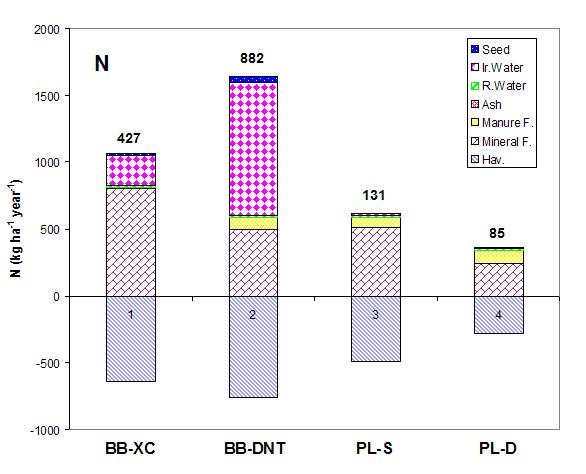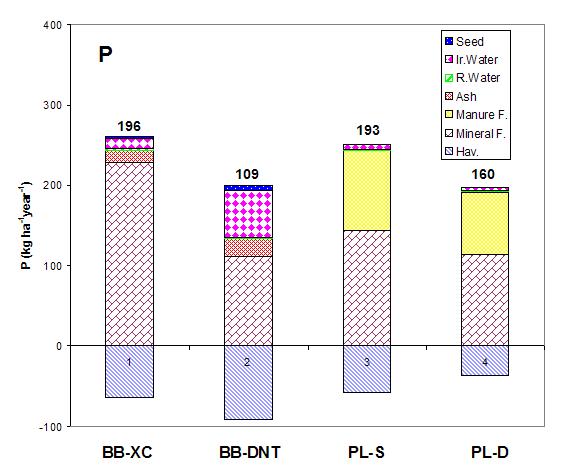
Saturday, 15 July 2006
158-42
Nutrient and Trace Metal Cycling in Small-Scale Peri-Urban Vegetable Farming Systems in Southeast Asia – A Case Study in Peri-Urban Hanoi.
There is a growing concern about the risk of contamination of waters, soils and agricultural products, in the rapid urbanising areas in Southeast (SE) Asia due to heavy, or inappropriate, use of organic wastes, fertilisers, pesticides, and poor quality irrigation water. In the EU-funded RURBIFARM project, ‘Sustainable farming at the rural-urban interface -an integrated knowledge based approach for nutrient and water recycling in small-scale farming systems in peri-urban areas of China and Vietnam', the use and recycling of nutrients in organic and mineral fertilizers and irrigation waters in small-scale vegetable based peri-urban farming systems will be evaluated and provide consumer and producer organizations and local government with relevant science to help them find and negotiate solutions. Several factors, including crop product quality, long term soil quality and fertility, pollution and potential pollution of surface waters and groundwater will be used for the evaluation.
In this paper we will present the results from a case study on nutrient (N, P and K) and trace metal (Cu and Zn) cycling in two peri-urban villages, located up streams and one downstream
Figure 1. Inputs and outputs of N and P, kg ha-1 yr-1, for the different plots at the Bang B (BB) and Phuc Ly (PL) villages. The number above the bar is the input - output net balance.
The net balance for N showed a surplus from 85 to 882 kg ha-1 yr-1, and for P and K the surplus ranged between 109-196 and 20-306 kg ha-1 yr-1, respectively (Fig. 1). The mass balances for Cu and Zn varied from 256-2763, and 1873-8927 g ha-1 yr-1, respectively. In Bang B village input via irrigation water was significant for all elements, except P where mineral P fertilizer was the most importance source. It was a significant difference in the amount of irrigation water being applied to the study plots related to differences in altitude on the field which highly influenced the inputs of N, K, Cu and Zn. In the dry vegetable systems in Phuc Ly, mineral fertilizers were the main N and P sources whereas organic fertiliser accounted for the major inputs of K, Cu and Zn. The nutrient use efficiency was significantly higher for N and K compared with P. The high net balances for the study elements indicate a high risk for soil accumulation as well as risks for losses to the external environmental. The study showed that wastewater irrigation can contribute to high inputs, but that excess use of organic and mineral fertilisers can be a major threat to the soil and water environment.
Back to 3.5C Combating Global Soil & Land Degradation III. Agro- and Forest Ecosystems: Physical, Chemical and Biological Processes - Poster
Back to WCSS
Back to The 18th World Congress of Soil Science (July 9-15, 2006)

